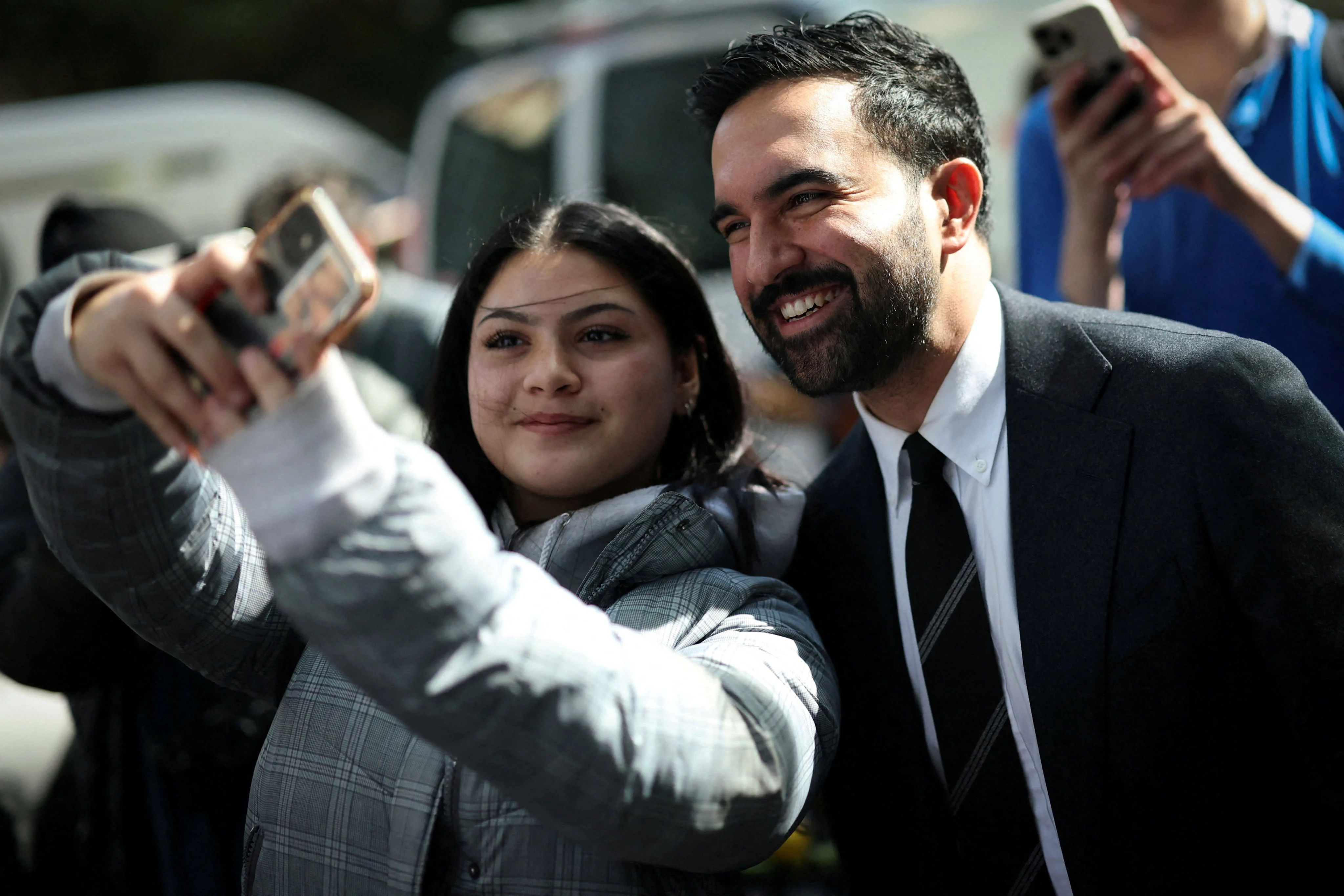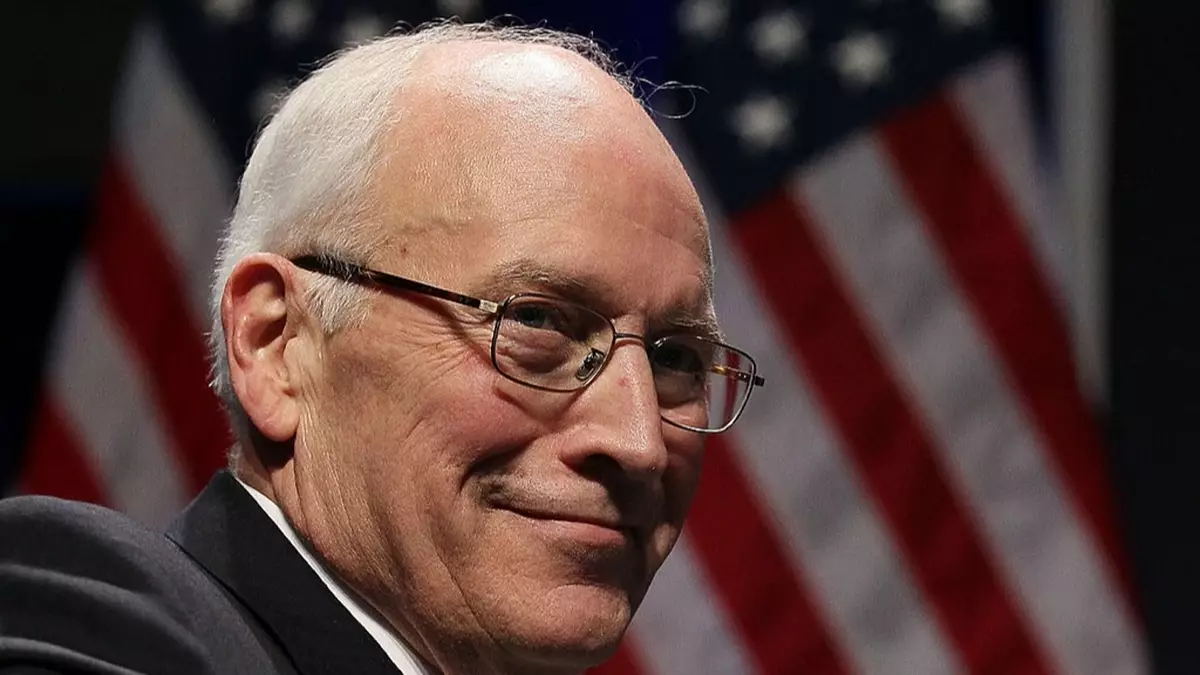Copyright Vox.com

The Republican Party has had better days. In Tuesday’s off-year elections, the GOP lost every major race by a mile. Democratic candidates won the Virginia governor’s race by around 15 points, the New Jersey gubernatorial election by 13, and Georgia’s statewide public commissioner elections by more than 25 points. In Pennsylvania, Democratic Supreme Court justices retained their seats in a landslide. All these results represent huge improvements on the Democratic Party’s showing just one year ago. Kamala Harris won Virginia and New Jersey by just 6 points, while losing Pennsylvania and Georgia by about 2. Polls had anticipated Democratic victories in Tuesday’s major gubernatorial races. But they drastically underestimated the scale of the Democrats’ success. The party appears to have both engineered exceptionally high turnout among its base for off-year elections — and won a significant number of swing voters. Indeed, Tuesday’s blue tide rose high enough to lift even the Democrats’ leakiest boats: In Virginia, Democratic attorney general candidate Jay Jones managed to secure a comfortable victory, despite having wished for the death of Republican children in leaked text messages. Tuesday’s results will directly undermine the Republican Party’s broader political project in various ways. For example, Virginia Democrats are now likely to draw a new congressional map that’s less favorable to GOP candidates. But to many Republicans, this year’s elections are most alarming for what they may tell us about their party’s future. Put simply, the results suggest that the GOP has become perilously reliant on voters who will only turn out for President Donald Trump — a man who will (almost certainly) never be on the ballot again. The GOP majority hinges on voters who aren’t that into politics Over the past 10 years, Trump has reshaped the Republican coalition. Between 2012 and 2024, the GOP gained 6 points of vote share with non-college-educated voters while losing 2 points with college grads. But Trump did not merely build a less educated Republican coalition — he also crafted a less politically engaged one. During his time at the helm of the GOP, Americans began polarizing on the basis of their political engagement — by how often they tended to vote and how important politics is to their identity. Highly politically engaged Americans moved left, while the disengaged moved right. At first glance, this might look like a bad trade for Republicans. All else equal, you’d rather have the voters who reliably show up at the polls (hence why politicians have historically catered to retirees with lots of free time on election days). But Trump’s realignment worked out well enough for his party — because there are a lot of politically disengaged, working-class people in swing states. And in presidential years, Trump’s personal appeal was sufficient to mobilize them in great numbers. Perhaps the biggest question in American politics is: What happens to the Trump-era realignment, once Republicans nominate someone else? Yet there had been a catch. Although Trump’s GOP has held its own in presidential races, they’ve tended to disappoint in less high-profile election years. Democrats dominated the 2018 midterms and did unusually well for an in-power party in the 2022 elections. In general, it appears that Democrats now have an advantage in low-turnout elections, a reversal of the long-term historical norm. Taken together, winning two out of three presidential races — at the cost of doing poorly in off-year special elections and some midterms — isn’t a bad deal. The worry for Republicans, however, is about whether the upside of this bargain will end with Trump’s political career. Barring a constitutional change (or crisis), Trump will never be the GOP’s presidential nominee again. Perhaps the biggest question in American politics is: What happens to the Trump-era realignment, once Republicans nominate someone else? The nightmare scenario for the GOP is that college-educated Never Trumpers will remain solid Democrats — while less engaged, working-class Trump voters will slink back into political apathy. Tuesday’s results make that future look a bit more plausible. In Virginia and New Jersey, Democrats dominated in highly educated suburbs that were once highly competitive. Meanwhile, Republican turnout in those states was dismal, at least relative to Democrats’ showing. After examining Tuesday night’s returns, the conservative commentator Erick Erickson dejectedly declared, “Trump cannot turn out the vote unless he is on the ballot, and that is never happening again.” In many respects, the GOP has been going out of its way to reinforce the leftward shift of highly educated, politically engaged voters. Vice President JD Vance, Trump’s heir apparent, has prioritized defending his party’s young neo-Nazis over making Trumpism more palatable to cosmopolitan college grads. Meanwhile, the president himself has been deliberately increasing consumer prices, prosecuting his enemies, trying to deplatform his critics, desecrating his office, and engaging in blatant corruption. Democrats shouldn’t plan their 2028 victory parties just yet All this said, the outcomes of off-year gubernatorial elections are not a reliable guide to future political developments. A lot can happen between now and the midterms (let alone, between now and 2028). Further — precisely because Democrats now have an advantage in lower turnout elections — Tuesday’s events might paint a misleadingly favorable picture of the party’s long-term prospects. When Democrats dominated 2023’s special elections, many in the party concluded that it was on track to beat Trump the following year. But this proved to be a mistake. The subset of voters who bothered showing up for off-year elections were simply much more Democratic than the electorate as a whole. This same pattern could play out again. It’s possible that the GOP’s most disengaged supporters will only turn out for Trump. But an equally valid hypothesis is that they will only turn out for presidential elections — in which they will vote for any MAGA nominee on the ballot. Until Republicans nominate someone not named Donald Trump, we simply cannot know. What’s more, the Republican coalition remains better matched to America’s electoral geography. The median US state is more conservative and working-class than the US as a whole. For this reason, Trump’s GOP has a structural advantage in the fight for Senate control, one that Democrats still don’t have good odds of overcoming in 2026 or 2028. Regardless, the Trump GOP’s reliance on low-propensity voters is a clear vulnerability. And the 2025 elections showed us why: If you want a picture of a Democratic future, imagine hyper-engaged, suburban wine-moms stomping on Vance’s face — forever (or, you know, in the 2028 election).



